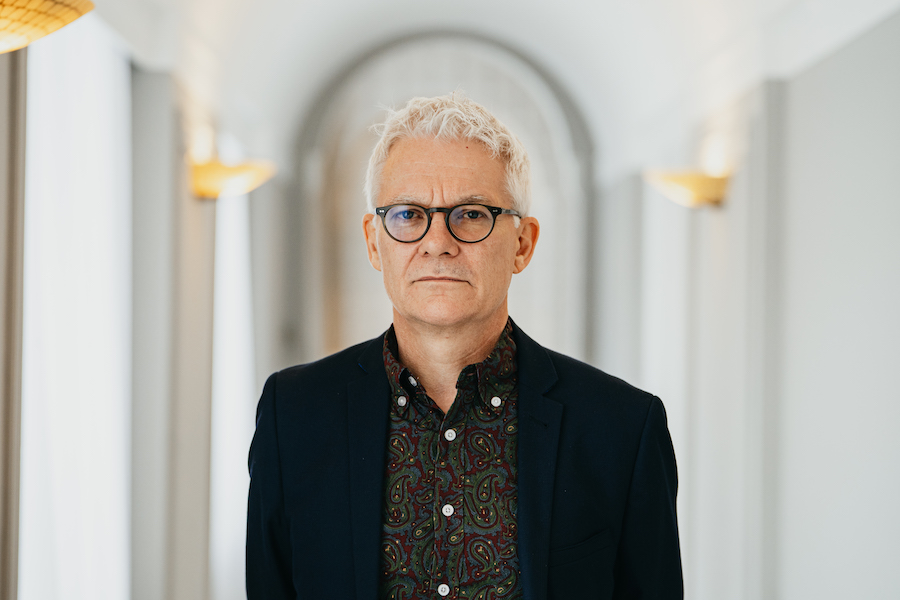
The Society of Radiographers is ‘deeply saddened, but not surprised’ by the drop in satisfaction the public has with the NHS.
New data, published in the long-running British Social Attitudes survey on Wednesday 27 March, revealed that the public’s view of the health service dropped to an all-time low in 2023, due to concerns around waiting times and staff shortages.
According to the results from the latest survey, which since 1983 has measured the public’s view of the health service, just 24 per cent of respondents said they were satisfied with the NHS last year, a drop from the all-time high of 70 per cent satisfaction in 2010.
The SoR recently published its Radiography Manifesto, setting out its vision for a world-class health service to overcome many of the issues set out by the public.
Dean Rogers, executive director of industrial strategy and member relations for the SoR, said: “The Society of Radiographers is deeply saddened – but not surprised – to hear that dissatisfaction with the NHS is at an all-time high.
“As employees of the NHS, our members are dedicated to providing patients with the best care possible – often working long hours with few breaks in order to make up for the shortfall in radiography professionals.”
All-time low
More than 3,000 people across England, Wales and Scotland responded to the National Centre for Social Research survey, which was sponsored by the King’s Fund and the Nuffield Trust think tanks.
The biggest reasons behind the drop in satisfaction were the shortages of NHS staff, the government not spending enough on the health service, and long waits for GP and hospital appointments.
Despite the low levels of public satisfaction, 82 per cent of respondents agreed that the NHS should be available to everyone, while 91 per cent it should be free of charge, and 82 per cent agreed it should be funded by taxes.
Around 48 per cent also said they would support the government increasing taxes to spend more on the NHS.
Mr Rogers said: “The public clearly recognises that more investment is needed in the NHS workforce.
“If the public sees the problem so clearly, why can’t the government? Unless we close the gap between supply of staff and the known rise in demand, waiting lists will continue to grow. We need a serious and credible workforce plan to tackle recruitment and retention in the radiography workforce – matched with significant and long-term government investment.
“Our members deserve better. Our patients deserve better.”
Radiography crisis
The average vacancy rate for radiography has now risen to 13.4 per cent. A recent survey of SoR members revealed that 82 per cent could only fill their departmental roster with regular overtime shifts.
In the NHS, nine out of 10 patients are supported by a radiographer. From X-rays to MRI and CT scans, ultrasounds to breast screening to radiotherapy for cancer, doctors and nurses cannot do their jobs without a team of radiographers, sonographers and radiography assistants.
More than a million patients are currently waiting to see a radiographer. And one in five patients – 20 per cent – is now waiting at least six weeks to be seen by a member of the radiography workforce.
‘You’re under so much pressure’
Jarlath Branagan, a CT radiographer, said that staff shortages mean that he is no longer able to give his patients the personal attention he feels they deserve.
“My mummy always said to me: ‘Always treat everyone as if they were your nana,’” he said. “But we have only three radiographers in our hospital who are CT trained. We get 15-minute slots with patients for a full CT scan. In that time, we need to cannulate them, whether they have good veins or bad veins, get them on the table and then ask them to wait outside to make sure they don’t have an adverse reaction.
“I still try to treat everyone as though they were my nana, but you’re under so much pressure to see patients when they need to be seen. Whenever you call someone from the waiting room, you can see everyone else thinking, ‘It should be me.’
“I love my job, but with staffing levels at the minute, nobody sees any light at the end of the tunnel.”
